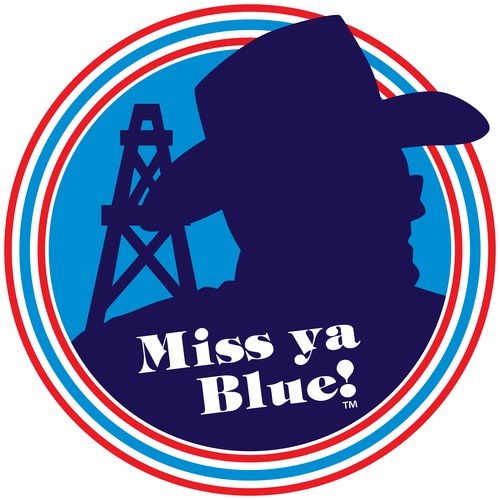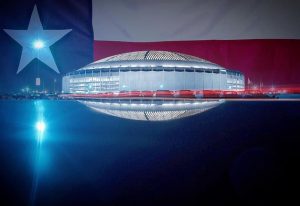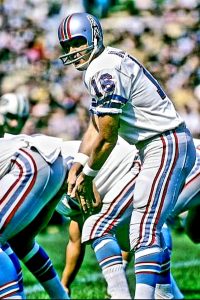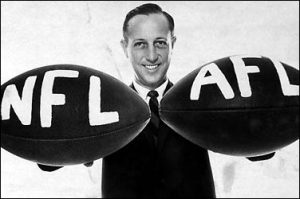The Astrodome, Part 1
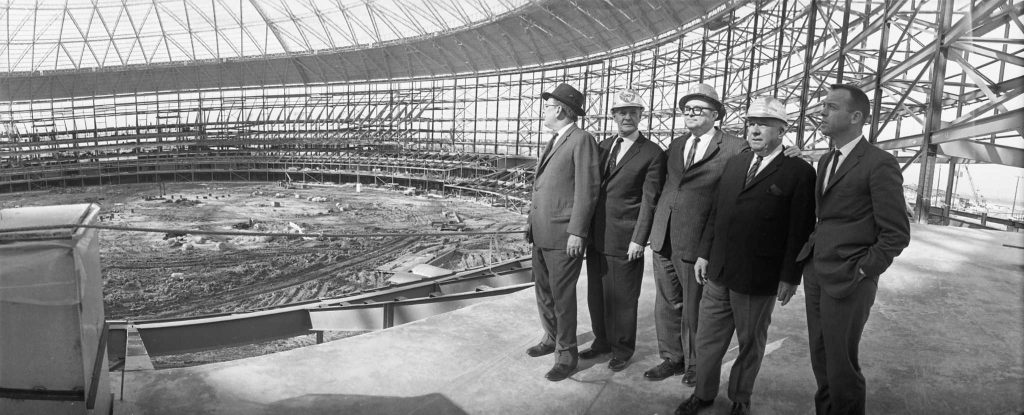
03/12/1964 - Harris County Commissioners Kyle Chapman and Philip Sayers, former County Judge Roy Hofheinz, National League President Warren Giles, and astronaut Alan Shepard view the now open interior of the Harris County Domed Stadium (Astrodome) free of the support towers which held the dome up until the structural steel framing was in place. Removal of the 37 four-ton steel towers started Feb. 4 at the rate of two a day when weather permitted.
“Breaking Ground on The Eight Wonder of the World”
By DILLON HOLLOWAY
The Great Pyramid of Giza, the Colossus of Rhodes, the Hanging Gardens of Babylon, the Lighthouse of Alexandria, the Mausoleum at Halicarnassus, the Statue of Zeus at Olympia, the Temple of Artemis, and…the Astrodome.
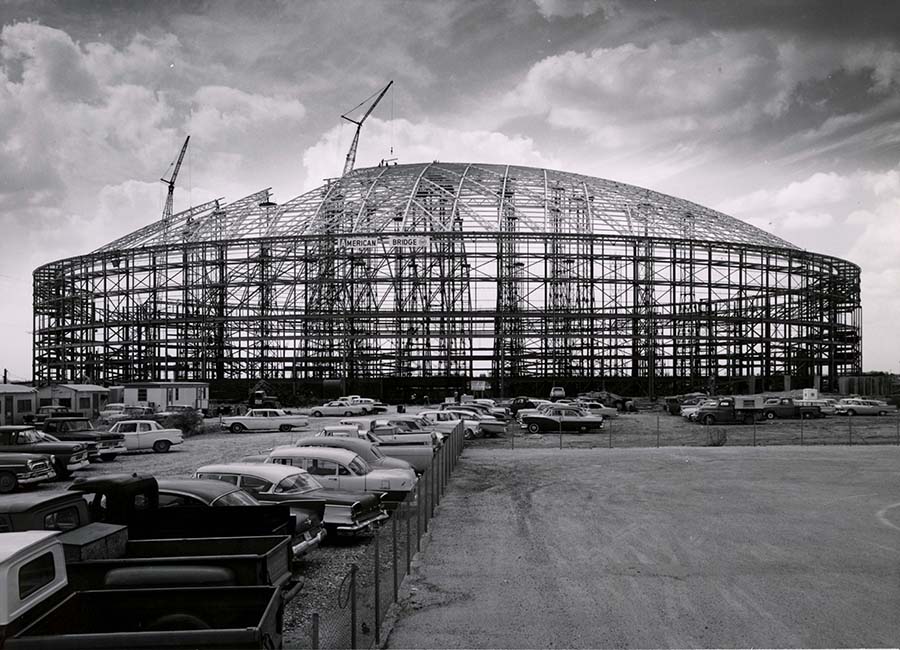
Although time and technology have now passed it by and literally reduced it to a mere shell of its former glory, the historic NRG Astrodome, also known as the Houston Astrodome or simply the Astrodome, was the world’s first multi-purpose, domed sports stadium.
In its heyday, its billing as The Eighth Wonder of the World might have been only a slight exaggeration, and certainly for the late-1960s and early-1970s, it indeed was at least the then-modern world’s closest contribution to the ancient wonders previously referenced.
Originally known as the Harris County Domed Stadium, the financing and construction of the structure was spearheaded by visionary Roy Hofheinz, a former state representative, Harris County judge, Houston mayor and serial entrepreneur.
Construction on the stadium began in 1962, and it officially opened in 1965.
The Dome served as home grounds of the Houston Astros of Major League Baseball (MLB) from its opening until 1999, the Houston Oilers of the National Football League (NFL) from 1968 until 1996, and the Houston Rockets of the National Basketball Association (NBA) on a part-time basis from 1971 until 1975.
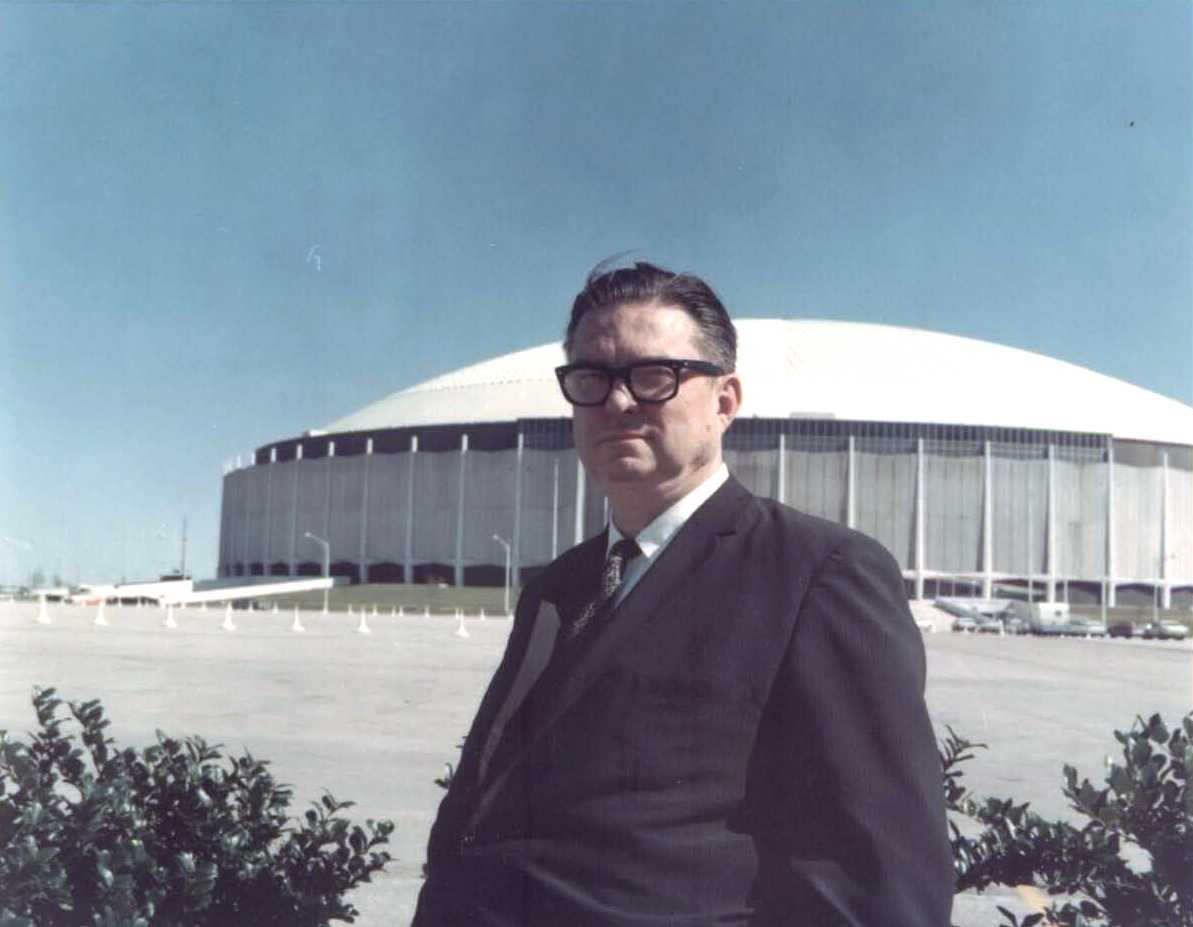
The Astrodome was also the primary venue of the Houston Livestock Show and Rodeo (the world’s largest rodeo) from 1966 until 2002.
Primarily conceived because of baseball, the Astrodome’s story began with MLB’s desire for westward expansion and inspiration birthed in Hofheinz from another ancient wonder.
Hofheinz claimed he was inspired to design the Astrodome after receiving a tour of the ancient Roman Colosseum, where ancient Roman builders had once installed massive velaria structures to shield its patrons.
However, the practical concept of the Astrodome began in 1952 when Hofheinz and his daughter grew tired of weather delaying or cancelling the games of their beloved Houston Buffaloes minor league baseball team, who played in a small, uncovered stadium.
Although Hofheinz was also the visionary behind plans to build the world’s first air-conditioned shopping mall in Houston, he abandoned the idea and set his sights on bringing Major League Baseball to southeast Texas and the covered stadium that would be necessary to facilitate it.
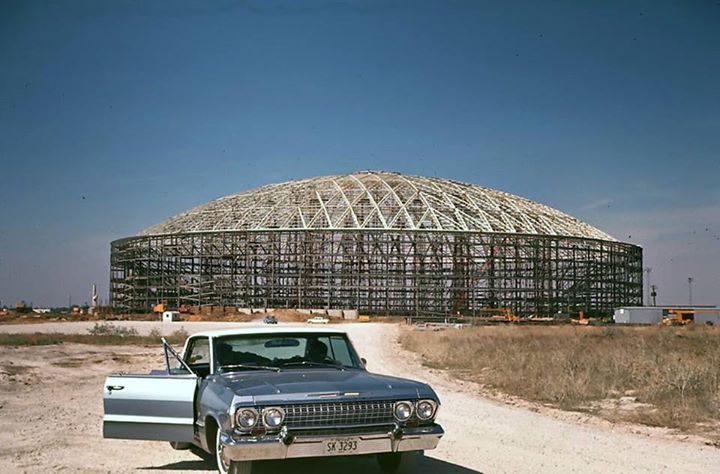
In 1960, Houston was selected as the recipient of one of two new major league franchises after Hofheinz constructed a model of the dome stadium and presented it to National League owners, who saw a covered stadium as the only viable approach to offsetting the humidity, mosquitos, and constant gulf-stream thundershowers that plagued Bayou City summers.
While Hofheinz’s vision was marvelous on paper, it required cutting-edge engineering, direction, and planning by a host of construction experts.
The Astrodome was designed by architects Hermon Lloyd and W. B. Morgan, as well Wilson, Morris, Crain and Anderson (Morris Architects).
The structure came from Walter P. Moore Engineers and Consultants of Houston, while the domed roof was designed by Dr. G. R. Kiewitt and Mr. Louis O. Bass of Roof Structures, Inc.
The physical construction of the dome was done by H. A. Lott, Inc.
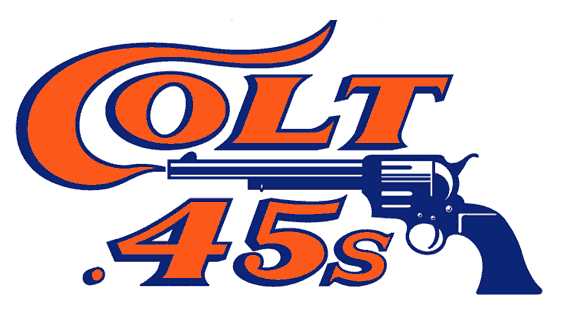
After an $18 million stadium bond was approved by voters, the Houston Colt .45s (renamed the Astros in 1965 to honor the city’s space-centric culture) began play in 1962, a full three seasons before the Dome would open.
The Oilers would not call the Dome home until their 1968 season.
Overall, the Astrodome stands at 18 stories tall and spreads across 9.5 acres.
The Dome is 710 feet in diameter, and its ceiling is 208 feet above its floor, which sits 25 feet below street level.
When it opened, it seated over 70,000 fans and boasted an indoor chapel and bowling alley.
Unlike anything on Planet Earth at that time, the Astrodome hosted a slew of important events as the venue garnered international attention and fame, becoming a physical landmark and culturally entwining itself with the hearts of several generations of Houstonians.
In this series, we will explore:
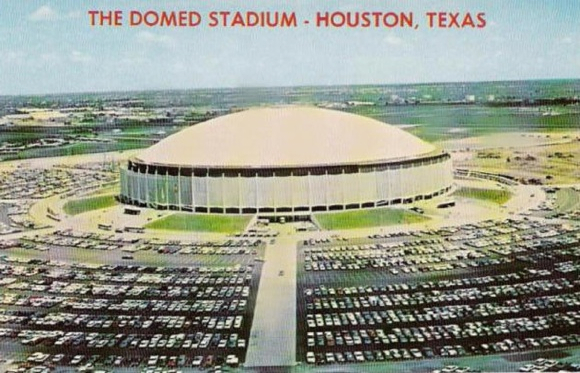
- How the Colt .45s/Astros franchise landed in Houston and their most memorable Dome moments
- How the Oilers struggled as a second-class tenant throughout their history in the Dome
- The Astrodome’s glory days as The House of Pain for the Oilers
- The political stalemate that contributed to the departure of the Oilers for Tennessee
- The incredible events that weren’t Astros- or Oilers-related
- What’s happened to the Astrodome since the Oilers left
- What’s been proposed for the Astrodome’s future
Dillon Holloway is a native Mississippian currently residing in central Oklahoma. He is a rabid football fan and a historian of the sport. He is a husband, a military officer, volunteer teacher and football coach, and emerging guest speaker. He graduated from the University of Mississippi with a bachelor’s in English and a minor in aerospace studies. He played football from pee-wee through high school, winning the 2A Midsouth Association of Independent Schools (MAIS) state championship and was named first-team all-district guard in 2011. Since his first football practice, he has always made the sport a part of his life in some fashion, and writing for Miss Ya Blue! allows him to continue to do so.
#houston #oilers #htown #houstontx #houstonoilers #nfl #astrodome #sports #star #history #football #luvyablue #missyablue #texas #houstonblogger
